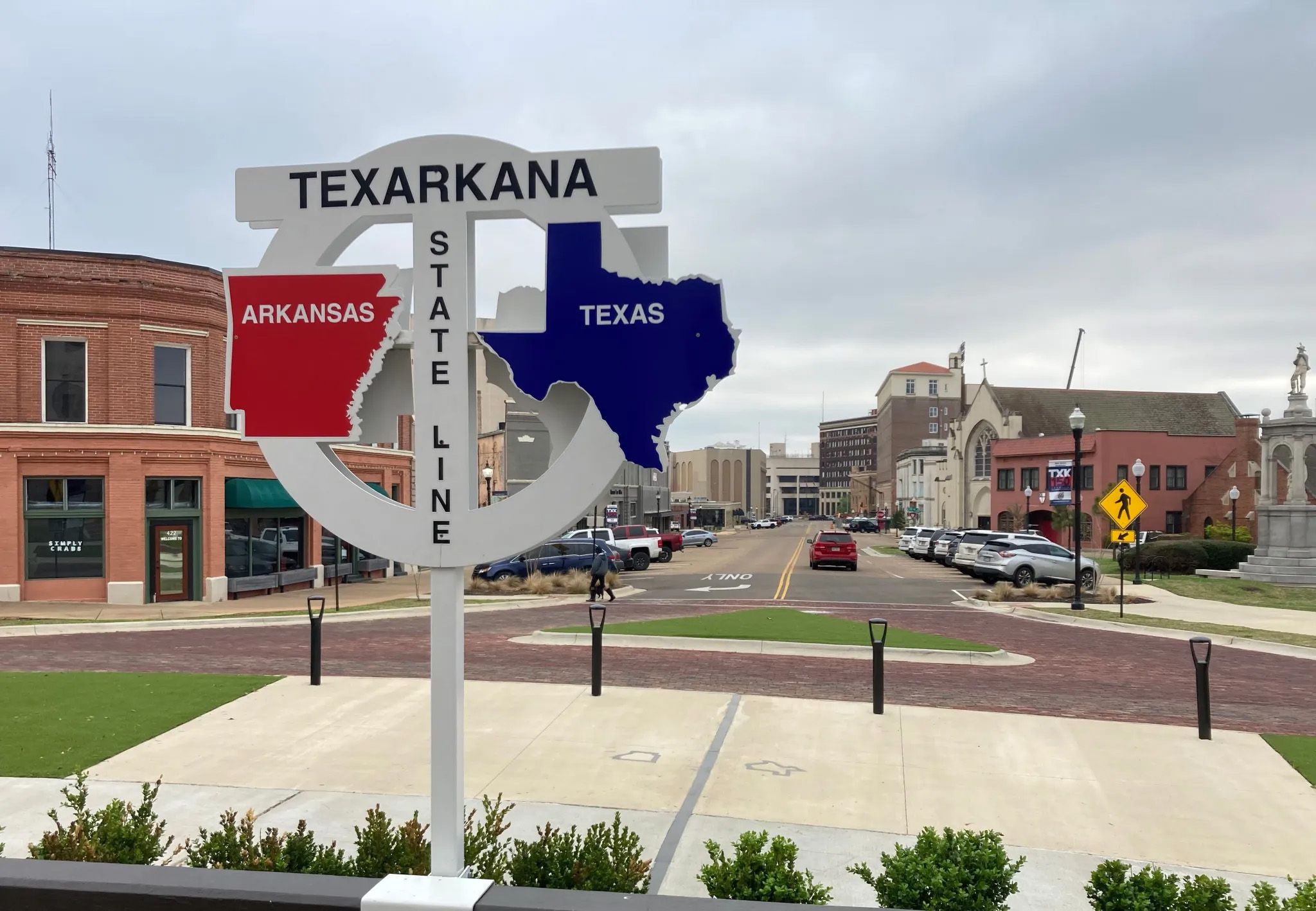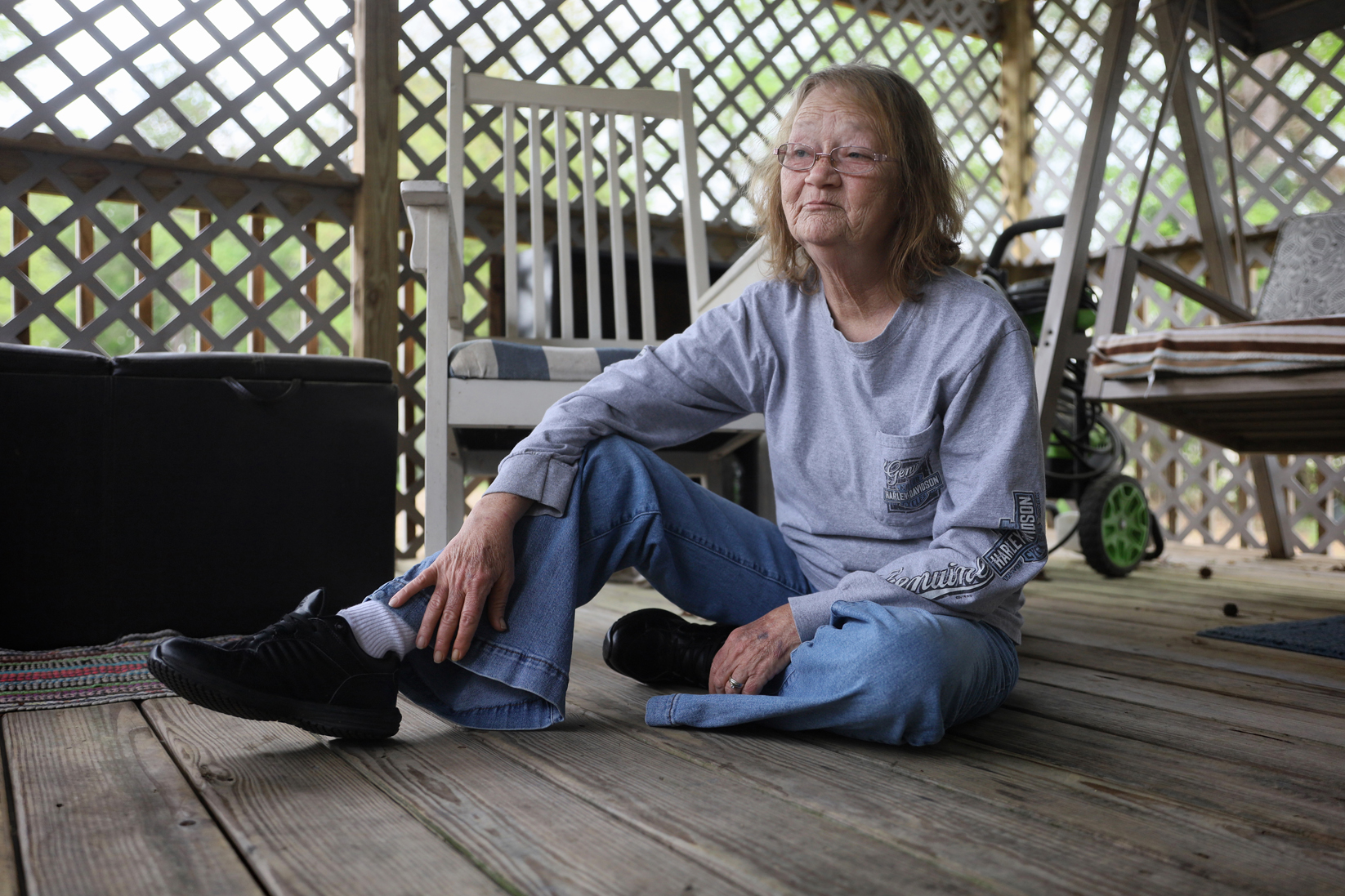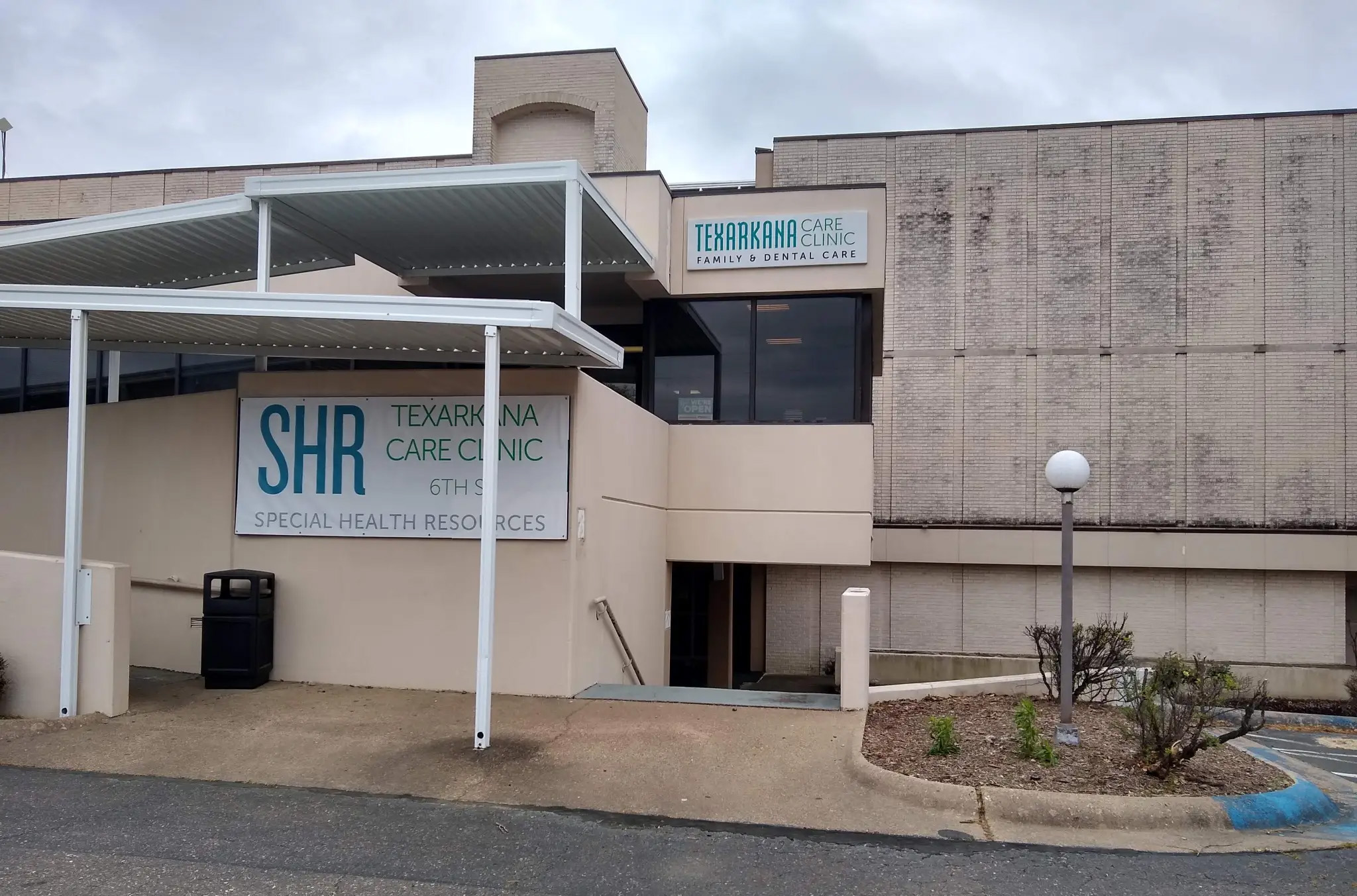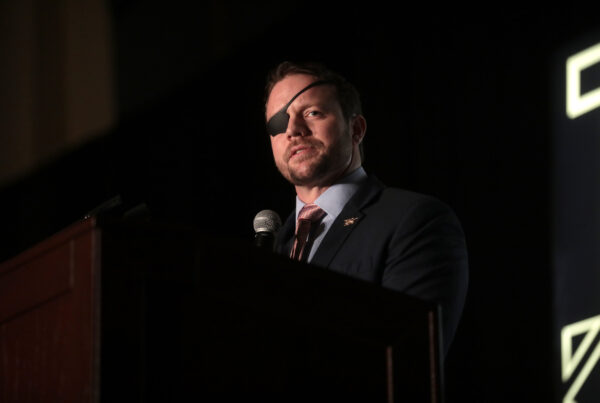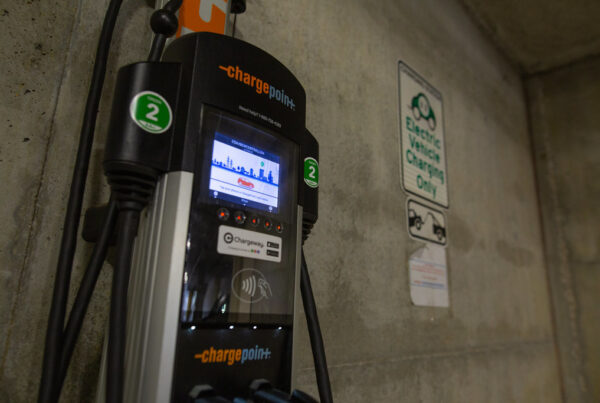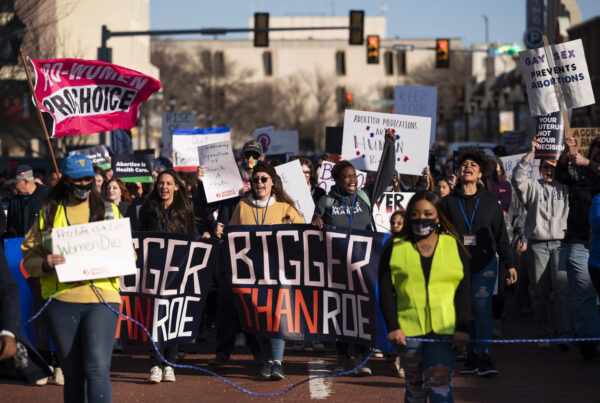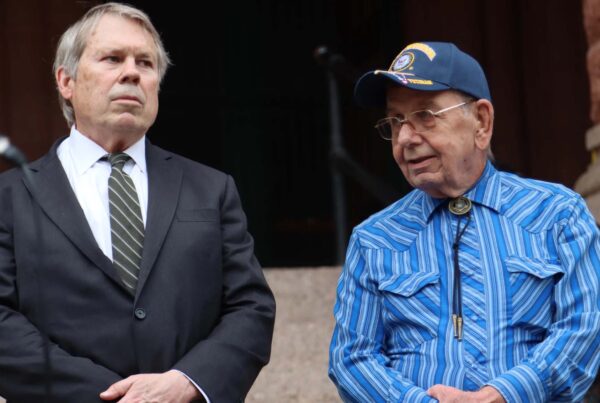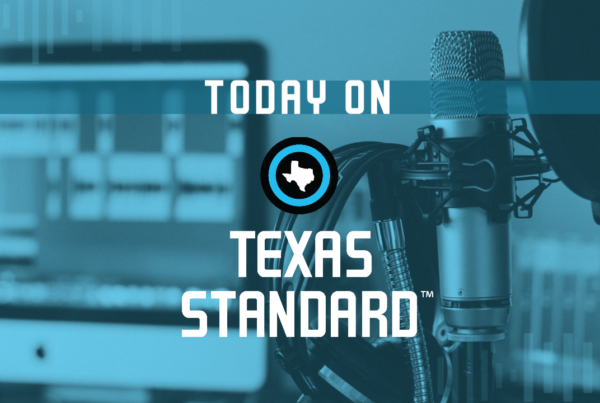From Public Health Watch:
Many people can survive a long stretch without seeing a doctor. Deborah Stoner doesn’t think she would make it.
Three years ago, Stoner, now 62, lost her husband’s health insurance after he retired and they relocated to the northeast corner of Texas to be near their grandchildren. She planned to find new coverage after settling down in the small city of Texarkana, but it was more difficult than she anticipated.
Every health plan she found was unaffordable on their fixed Social Security income. But she badly needed regular medical care. Stoner has peripheral vascular disease as well as high blood pressure and cholesterol. She takes six prescription drugs a day.
“It was extremely stressful,” she said. “I knew I needed to see a doctor. Sometimes I can hardly breathe.”
Like Stoner, more than 18% of Texarkana residents younger than 65 are living without health insurance, according to the latest U.S. Census Bureau data. That’s nearly double the national rate.
But the story is far different just a short drive away.


